Life turned upside down by sudden loss of voice
Being a talkative person, Ms. DH did not expect that after just a bout of flu, her voice would almost completely disappear. Unable to make any sound, only able to whisper, she was forced to stop working. For two years, she traveled to hospitals from the South to the North, trying all methods from Western medicine to Eastern medicine but to no avail. Her health declined, her economy was exhausted, her psychology fell into prolonged stress, this incident completely turned her life upside down.
The hope of regaining her voice to talk to her husband and children and return to work was only truly ignited when Ms. DH learned about the intensive voice training method with a vocal specialist at Hong Ngoc General Hospital. From Dak Lak, she decided to go to Hanoi for a check-up.

Patient shares about 2-year process of finding voice again (Photo: BVCC).
Receiving the case of patient DH, Dr. Tran Thi Thu Hien with over 20 years of experience in treating vocal diseases said: "The patient has a functional voice disorder, meaning the voice is affected not by tumors, but related to the opening and closing mechanism of the vocal cords, so surgery is not necessary but it cannot be completely treated by internal medicine. Therefore, the optimal treatment chosen for the patient is voice training."
Intensive voice training - the key to recovery for patients with voice disorders
Although voice disorders are not uncommon in otolaryngology, patient DH's case is considered particularly difficult because the loss of voice has lasted for more than 2 years, causing her to almost completely lose her natural speaking reflex.
Therefore, Dr. Tran Thi Thu Hien built a personalized voice training process specifically for Ms. DH, based on the level of myasthenia gravis (decreased ability to open and close) of the vocal cords, the level of voice disorder and the patient's psychological factors.
To lay the foundation for optimal voice training, the first step is vocal hygiene and proper breathing. Patients are instructed on how to eliminate vocal abuse habits or foods that are harmful to the larynx, keep the vocal cords healthy and flexible, and control the flow of air to create a clear, bright, resonant sound.
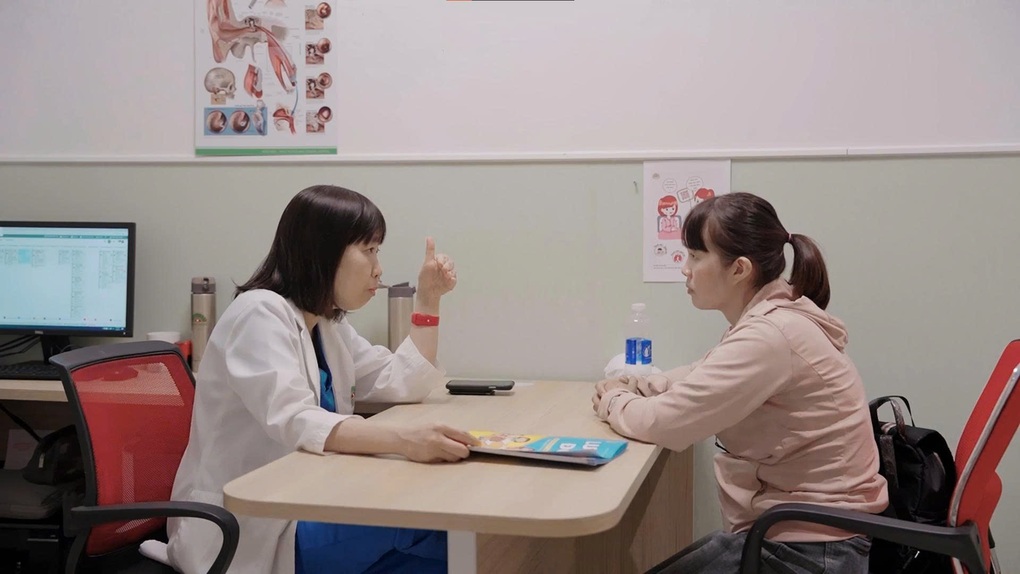
Voice hygiene and breath control lay the foundation for voice training (Photo: BVCC).
The next crucial step in restoring and improving voice quality is practicing pronunciation out loud. “Like a child learning to speak, Ms. H. had to practice pronunciation from single vowels like “a” and “i”, to complex double vowels and finally combine them into sentences. The key point is that the patient is instructed to pay attention to the placement of the sound, adjust the resonance, control the pitch and intensity of the voice so that the vocal cords can get used to the new movement mechanism,” Dr. Hien shared.
After 2 months of persistent voice training following a specially designed schedule both in person and online, with the close support of Dr. Tran Thi Thu Hien, a miracle happened. Ms. DH's voice has clearly recovered, not only in tone but also with enough strength to converse and communicate naturally. This is a typical proof of the effectiveness of intensive voice training in treating voice disorders.
“At first I was confused, but now my voice has recovered 80%. I am happy because I can call my children's names and talk to them every day,” Ms. H. shared happily.
DH's miraculous voice recovery journey
In fact, voice disorders (a condition in which the voice changes in pitch, volume, and stability) are very common in people such as actors, singers, teachers, people who have a habit of speaking loudly, or people with physical damage to the vocal cords...
According to Dr. Hien, if you experience unusual symptoms such as hoarseness lasting more than 2 weeks, shortness of breath when speaking, easily tired voice or feeling stuck or choking in the throat, you should see a vocal specialist soon to get advice on a suitable voice training plan.
Hong Ngoc General Hospital currently deploys a variety of methods to treat voice disorders, from surgical intervention to treat polyps, cysts, and vocal cord nodules to autologous fat injections and collagen fillers in cases of vocal cord paralysis. In particular, the hospital is a pioneer in applying intensive voice training methods - an effective recovery solution for cases of voice disorders due to psychological factors, puberty, or vocal cord movement disorders.
With over 20 years of experience treating hundreds of cases of voice disorders of various levels, Dr. Tran Thi Thu Hien will build a voice training roadmap for each patient, accompany the practice and reassure the patient psychologically throughout the treatment process.
Department of Otorhinolaryngology and Head and Neck Surgery - Hong Ngoc General Hospital
- Address: 8 Chau Van Liem, Tu Liem, Hanoi
Hotline: 0912 002 131
Source: https://dantri.com.vn/suc-khoe/mat-kha-nang-noi-va-hanh-trinh-khoi-phuc-nho-phuong-phap-luyen-giong-20250818135527724.htm




![[Photo] Prime Minister Pham Minh Chinh receives Governor of Gunma Prefecture (Japan) and Special Advisor to the Japan-Vietnam Friendship Parliamentary Alliance](/_next/image?url=https%3A%2F%2Fvphoto.vietnam.vn%2Fthumb%2F1200x675%2Fvietnam%2Fresource%2FIMAGE%2F2025%2F11%2F25%2F1764066321008_dsc-1312-jpg.webp&w=3840&q=75)
![[Photo] Close-up of Ba Ha River Hydropower Plant operating to regulate water to downstream](/_next/image?url=https%3A%2F%2Fvphoto.vietnam.vn%2Fthumb%2F1200x675%2Fvietnam%2Fresource%2FIMAGE%2F2025%2F11%2F25%2F1764059721084_image-6486-jpg.webp&w=3840&q=75)


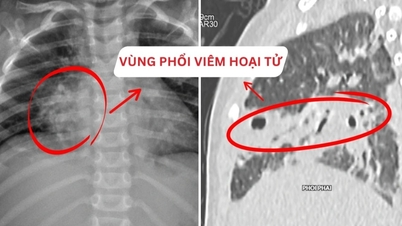
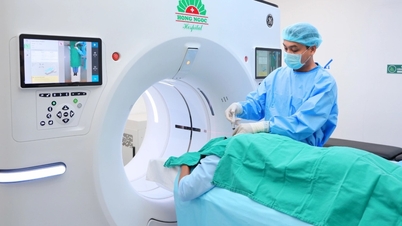
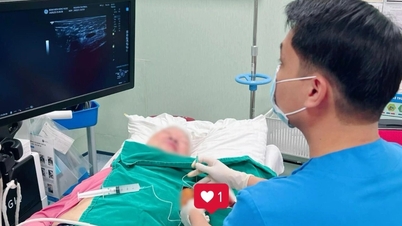
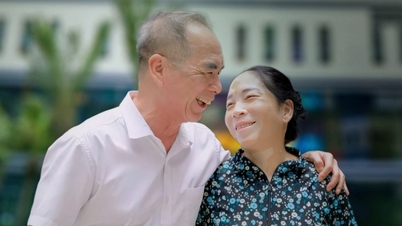
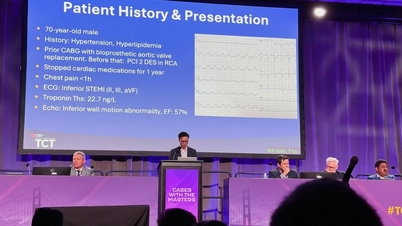
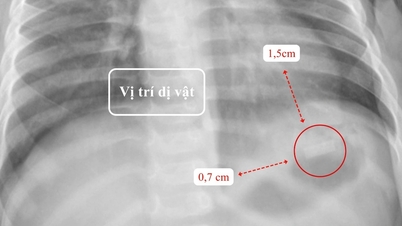




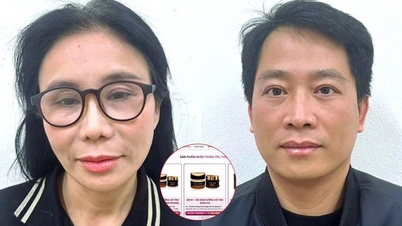



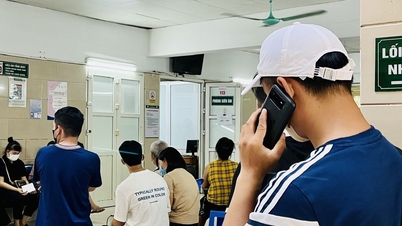








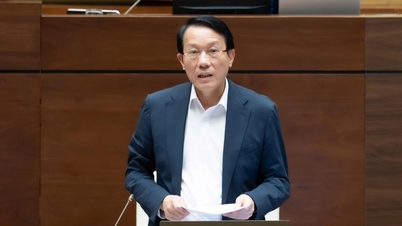








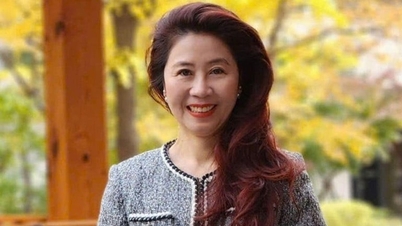


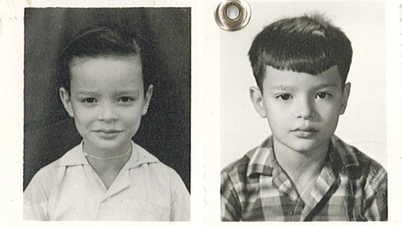





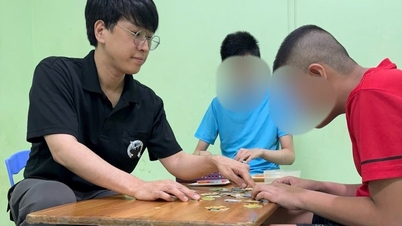







![[Answer] Should I install an elevator for an old renovated house?](https://vphoto.vietnam.vn/thumb/402x226/vietnam/resource/IMAGE/2025/11/25/1764039191595_co-nen-lap-thang-may-cho-nha-cai-tao-cu-khong-04.jpeg)











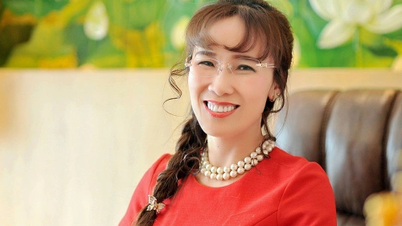














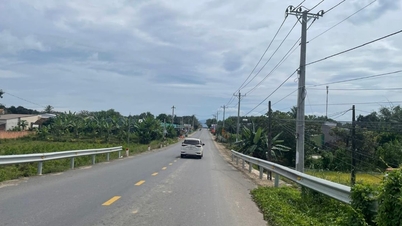













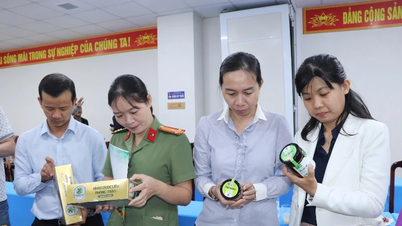





Comment (0)